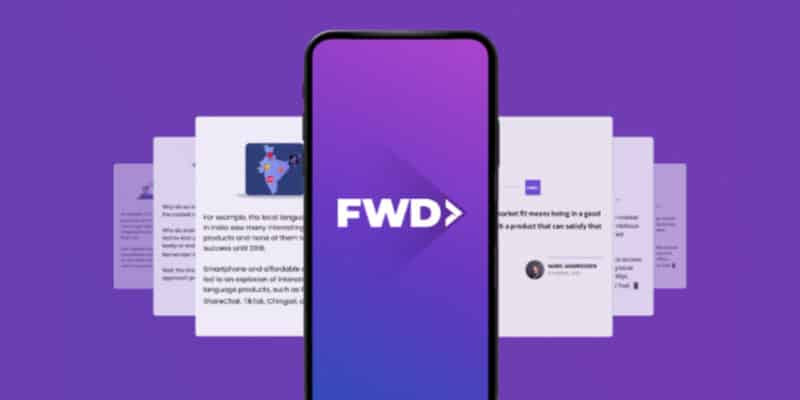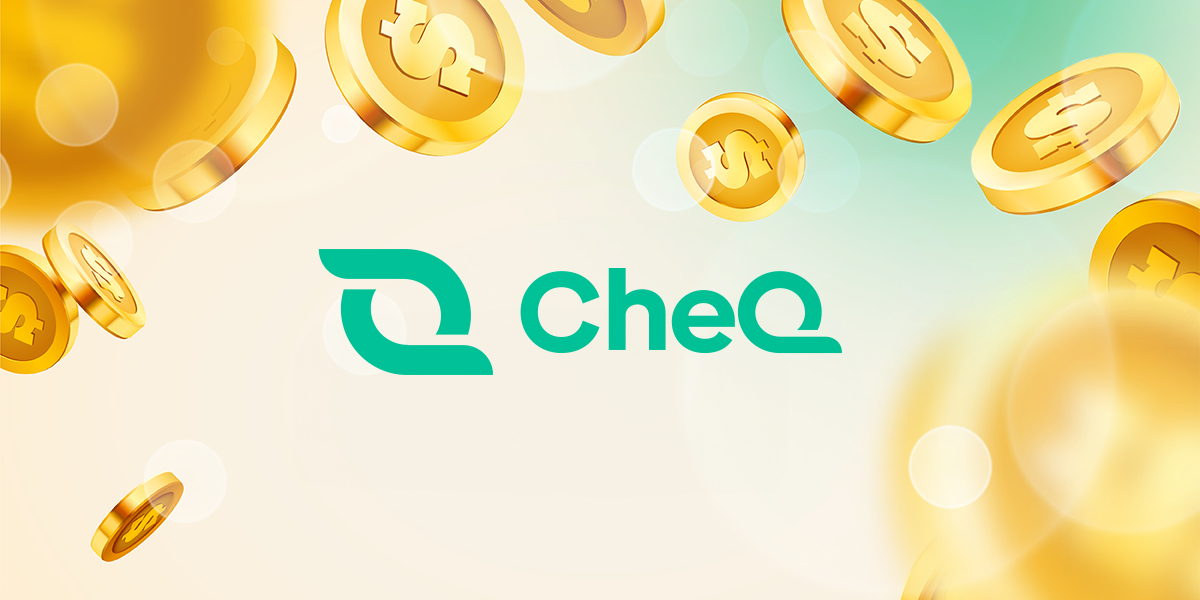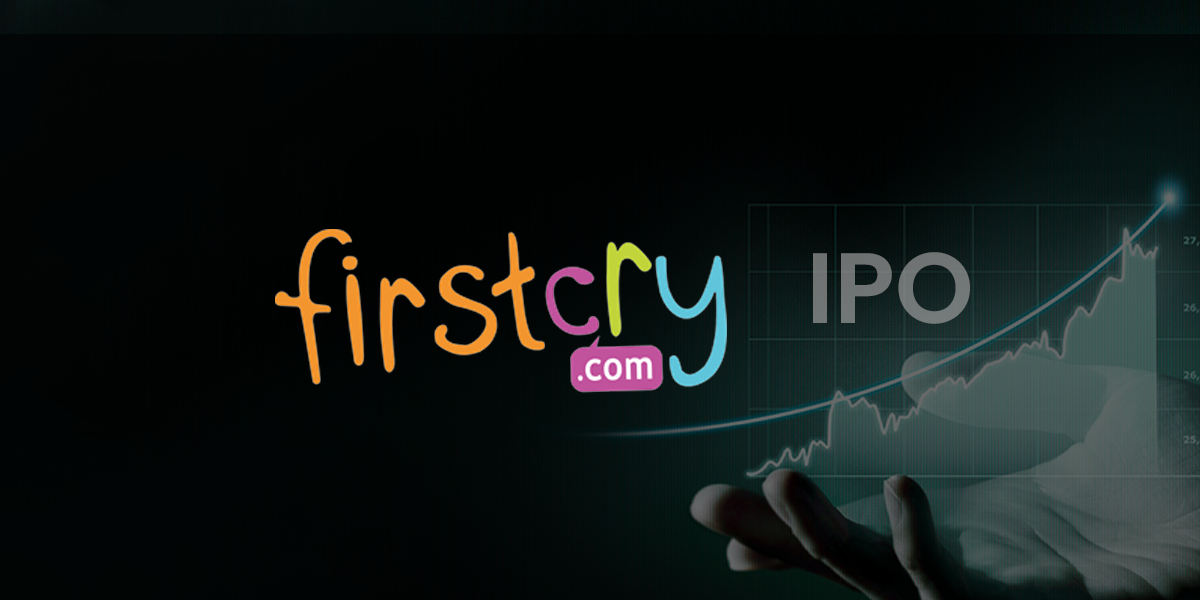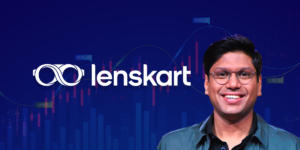Ashish Sinha, a former media executive, believes that online education is currently broken. Most online courses today, he says, are long, tedious, and boring even. Enter his cue for a new upskilling option.
His new edtech startup, called FWD, aims to make online education mobile-first, and structure courses in a way that they actually manage to compete with the likes of Instagram and TikTok for users’ time and attention.
In going for what we will call the post-1995 generation, Sinha cites two reasons why online education platforms need to compete with social media apps for this generation.
First, that they are mobile-centric, which is the primary and sometimes only device of choice for millions of people. And second, because these apps have thrived in the short attention span economy of the modern-day internet.
That means changing everything about learning as we see it till now. Exit long, classroom mode formats with a much shorter, more engaging approach.
Sinha says that the biggest differentiator between FWD, which was launched in August this year, and other online education platforms like Udemy and Coursera is that FWD’s educational content is tailor-made for consumption on a smartphone as opposed to the laptop-centric content offered by others while trying to make the course itself as fast-paced as possible.
And on paper, that makes sense: there are far more people who spend far more time on their smartphones than on laptops or desktops. And social media apps like Instagram and Tiktok are among the most widely used apps which have come to define and dictate user behaviour today.
And then, there are the numbers of course. According to Statista, while over 300 million laptops and desktops were sold across the world in 2020, more than a billion smartphones were shipped in the same year.
“For a very long time, education and online education by extension has been a very formal field,” Sinha, who had founded the media company NextBigWhat in 2009 (formerly Pluggd.in), told Entrackr.
“We said why can’t learning be like Instagram and TikTok? So we worked on that model, and to me, we actually have a lot of interesting videos from some of the best people in the industry,” he adds. Upon completion of a course, FWD will also offer certificates acknowledging that.
Aside from the way smartphones have supplanted desktops and laptops, Sinha also quotes studies that have shown that only a handful of people who sign up for online courses end up ever actually completing them. Something that he believes is linked to the format too.
“Now, the problem is that in the world of Instagram, Netflix and TikTok, you cannot watch a video for about 45 minutes, more so when it is on some dry subject. Let alone 45(minutes), you probably can’t even watch a video at a stretch for like two minutes,” alluding to the earlier point he had made about competing for time with entertainment-focused social media apps.
When we pointed out that some of the most popular online education platforms like Udemy and Coursera are also available on mobile, Sinha proclaimed that “having an app does not mean you are necessarily mobile-centric”. Or equating popularity with numbers in a nascent market. He said that on these platforms, courses originally designed to be viewed on laptops and desktops are simply repurposed for smartphones. And users don’t really have a choice, until now.
Another learning that he plans to take on board from social and entertainment-focused platforms is the idea of a personalised feed based on user preferences.
“My Netflix recommendations are vastly different from yours because it is curated according to my watch history. So the most important thing is that we are focused on unbundling of courses, and then personalise it according to the user,” Sinha said.
Of course, this would necessarily be one of the trickiest challenges for FWD, considering the complexities involved in building predictive feeds that actually work.
The company has raised a pre-seed round from angel investors including Vijay Shekhar Sharma, Ritesh Agarwal and Ritesh Malik. “Now, we are planning a bigger round to focus on growth,” Sinha said.
We did ask Sinha that while on Instagram or Netflix, users may not actually be seeking information whereas on a platform dedicated to upskilling they should be more willing to make an effort. Sinha disagrees, saying that consumers are now used to certain kinds of experiences when they’re using their smartphones.
“When it comes to learning, expecting the user to do something different than what they are used to, that just doesn’t happen. They might do it once if they’re looking to desperately change jobs, but not every day,” Sinha said.
‘Desperately’. That’s the keyword for Sinha, as he hopes to target users who are not really in that category. Sinha hopes to get users who are looking for small, incremental improvements that help them get better at what they are doing, not necessarily for a job change.
He adds that with most of the upskilling platforms in the market focused on helping people move from one job to another there is no alternative platform where users can upskill themselves to move forward in the job they currently have.
“They [current edtech platforms] are essentially focused on new job-based courses that help you switch from job to job. Or even more drastic changes like the sector to sector. But with our platform, you can do that while also developing all the other skills needed to become better at your current job,” Sinha said.
Asked whether learning new things is even possible at such a fast-paced and small dollops, Sinha cites flashcards that have long been used in coaching for courses like GMAT since they help in what he describes as “spaced retention of knowledge”. In a traditional setup, close to 87% of what people learn is otherwise lost from their memory in the first 48 hours, he claims.
“Companies like Duolingo [which allows users to learn new languages] have used the same technique to increase the effectiveness of learning,” Sinha said. “The biggest benefit of a mobile-centric platform is that it can use the same flashcard based learning system to aid with the retention of knowledge,” he added.
For all the research and gut feel behind it, FWD currently has more than 100 paying customers from five countries according to Sinha, with a lofty target of entertaining a million more by next year with its bite-sized gyaan. With pricing at Rs 499 to Rs 999, Sinha is certainly covering as many bases as possible, to get his next user to try a sample soon.
When we asked how he aims to promote FWD, Sinha said via a WhatsApp message, “as far as marketing strategy is concerned, we have a partnership with NextBigWhat – so that helps in organic reach (for e.g. SEEK, the mentorship platform got to 10,000 mentorship hours because of this partnership). And mostly, it’s going to be largely organic traffic (firm believer in that)”.














